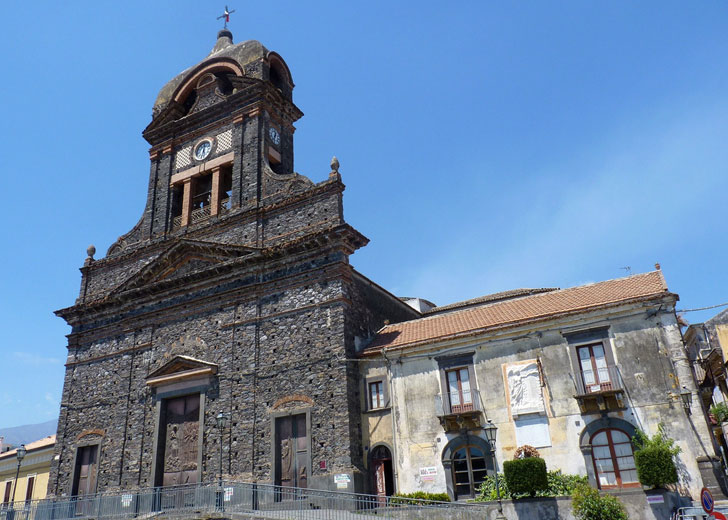“Etna giveth and Etna taketh away” is the mantra of the locals who have lived in symbiosis for millennia with this imposing volcanic peak—one of the most active in the world—that looms over Sicily’s eastern coastline. Its uninterrupted belching of ash and dust for the past 500,000 years has coated Mt. Etna’s slopes in a fertile mantle of volcanic soil, giving life to lush vineyards, orchards, and other rich agricultural lands. About once a decade, however, the volcanic cone’s cup runneth over, and magma explosions and lava flows destroy everything in their path, from fields to entire hamlets, reminding the local population that living in the shadow of a volcano is, ultimately, a risky endeavor.
As one of the most impressive natural features between the bustling port cities of Messina and Catania, Mt. Etna is on most visitors’ A-list of Sicilian attractions. The road from the Sapienza base camp up to the rumbling upper craters buzz with “moon buses” for most of the year, carrying adventurous tourists who hike the steaming lava fields and snap photos of the endless views from the highest point on the island.
By making a beeline to the peak, however, you miss out on the captivating lower slopes of the volcano, known as “the middle lands”, where the delicate balancing act between residents and their beloved yet feared mountain has left its mark on the landscape, cuisine, and culture, creating a population known for their resilience and resourcefulness. These scenic slopes are also the perfect spot to put sustainable tourism to the test, exploring by foot, bike, or train to take in areas of Sicily far from the crowds in Taormina or Syracuse and connect with local guides, farmers, and vintners.

This is the objective of the Genista Trail, a new route developed as part of the Emblematic Mediterranean Mountains project that includes nine eco-itineraries on peaks spread across the Mediterranean basin from Spain to Greece. This 60-kilometer (37-mile) “slow travel” itinerary can be stretched over five days, taking you from the towns of Nicolosi to Linguaglossa and into the wine valley along the banks of the Alcantara River between Randazzo and Castiglione di Sicilia.
Take on the entire route, or break it up into smaller legs…regardless, you will be rewarded with unforgettable vistas, some of the island’s best food and wine, and a behind-the-scenes perspective on the lives of those who have lived side by side with the “Mountain of Fire” for generations.





